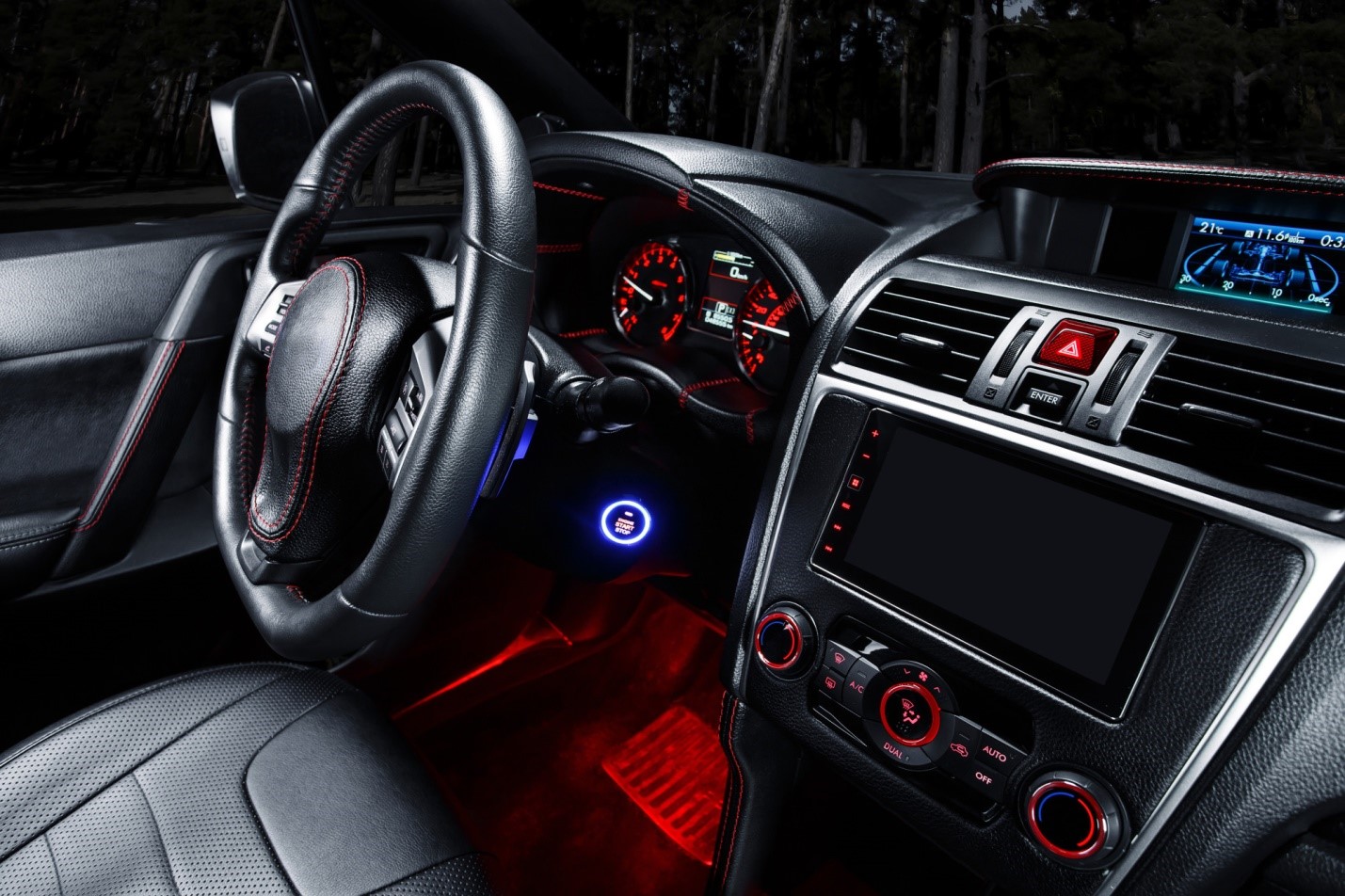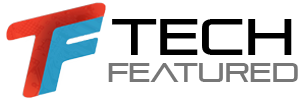As an automotive parts retailer, we get a lot of questions regarding the term “OEM” and what that means about a particular part. You would think this is a straight-forward question, problem is, folks use the term many different ways.
Let’s first start out with a few potential synonyms which you may see. These include OES, OEM, Original, Genuine to name a few. OES (Original Equipment Supplier) is typically the same thing as OEM (Original Equipment Manufacturer). We make a distinction between these two and Genuine which I will explain later.
First, let’s discuss how parts are supplied and delivered on a vehicle when new. Manufacturers do not make parts themselves, but rather they sub it out to specialty manufacturers like Brembo, Lemfoerder, VDO etc. When BMW needs a new control arm for their latest car, they develop the design and then contract with a supplier like Lemfoerder to make the part for them. In this case, Lemfoerder is the OEM/OES for this part. The part is shipped to BMW, and they put the part on when manufacturing the car.
Once a car hits the streets, and should that part need replaced, there are a few alternatives for folks typically available. First, they can go to their dealer, and buy a “Genuine” part, which is a part manufactured by the OEM, but supplied via the dealer supply chain. The parts will have a perfect fit as they were built to the same specs as the new parts by the same manufacturer.
As a second option, they can search for the part in the aftermarket space as an OEM. This is the exact same part as the Genuine, just not in a box labeled by the auto manufacturer. Sometimes these are in OEM branded boxes, sometimes they are white boxed. This is sometimes is due to contracts where the manufacturers are prohibited from distributing under their name by the auto manufacturers. Buying these parts when available can save sometimes 50%-70% off the dealer price.
The last option is to find the product in the aftermarket. In this space, manufacturers work to create a part that will be a direct replacement for the original part, and they can be found in varying levels of quality. This is the most difficult area to assess a particular item. There is such a variety of aftermarket items that range from parts that are far superior to the OEM unit, to those that many times will not even install properly. It is best to stick with major manufacturers when going this route. This is not intended to steer folks away from this potentially lucrative option. There are many quality aftermarket parts found throughout the product lines. Many of these are produced by other primary suppliers to the auto manufacturers. For example, BMW typically uses ZF and LUK as manufacturers of steering pumps for their cars. One particular manufacturer wins the bid for a specific model, but that doesn’t stop the other from reproducing the same item and selling it exclusively in the aftermarket.
Other aftermarket options are by companies that specialize primarily in aftermarket. A couple good examples are Febi and Meyle, both of which produce high quality parts for most German makes and models.











